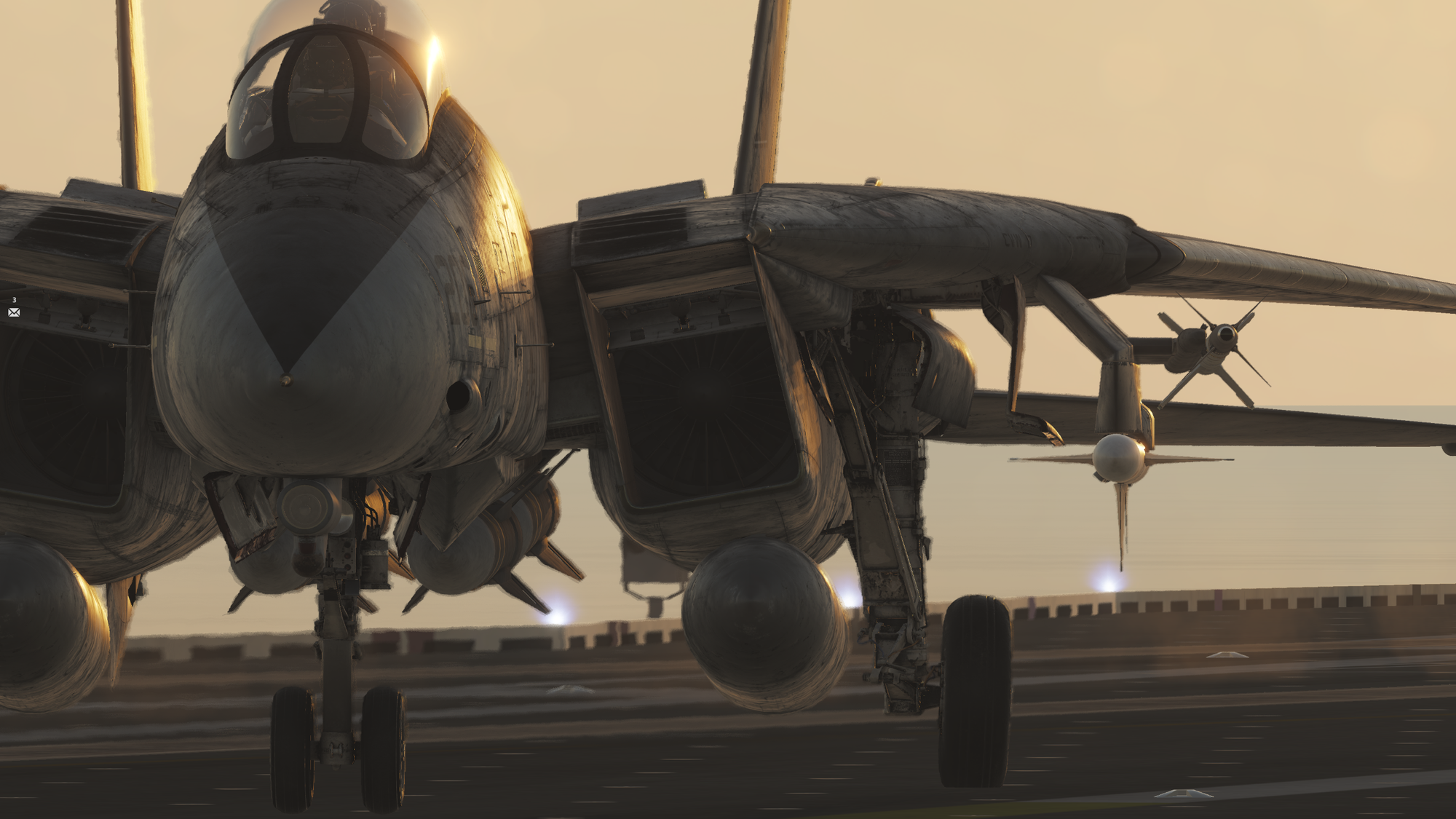Combat Training
Trainings for the DCS platform are currently on Wednesdays at 2000 UTC. These trainings focus on developing effective tactics and skills operating as a team in PVP combat. In these trainings, we encourage members to choose an aircraft to stick to, which they can change at a later date. This is to ensure proficiency is achieved in at least one aircraft by concentrating on it. Everyone is of course free to fly whatever they wish outside of these trainings.
The aircraft to choose from are:
- F-14
- F-16
- F-18
- JF-17
- Mirage 2000C
The topics we cover in the training include:
- Basic airfield operations. Taxiing, take-offs, patterns and landings at a controlled airfield. VFR and IFR.
- CASE I, II and III carrier operations for those flying the F-18 or F-14.
- Radar, RWR and countermeasure usage
- BFM
- Guns, Fox 1, Fox 2 and Fox 3 employment
- BVR
- ACM. Two and four element WVR and BVR tactics
- Ground attack runs
- CAS, 9-line, FAC and TAC procedures
- SEAD
Weekly Missions
Each Wednesday at 1900 UTC we run a PVE mission. Most weeks this is a continuation of a long running campaign, while every 1st Wednesday of the month we host a custom stand-alone mission created by one of our members. These mission are open to the public
Casual Thursdays
Each Thursday we host a casual fly-out in which people can join and practice anything they wish, on our private server, recieve tips and guidance, or fly on a public server
Other Events
Apart from our scheduled activities, our members are always keen to fly out with others on public servers, whether PVP, PVE, A2A, A2G, rotary ops or Aerobatics. We also often host public events and competitions, offering DCS modules as prizes.
DCS Combat Introduction Guides
These are a growing series of guides written by us to introduce new DCS players to combat. They are basic and assume almost zero knowledge of modern air combat tactics - designed to get new members up to speed to be able to join our trainings.
General Air Operations Glossary
Airfield Operations and Communications Introduction
